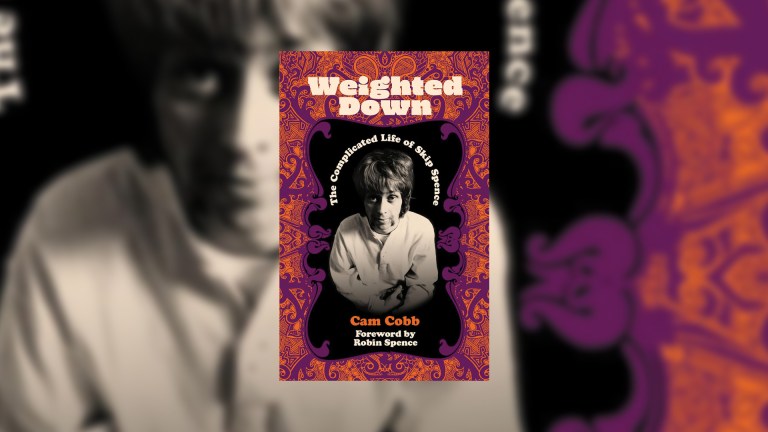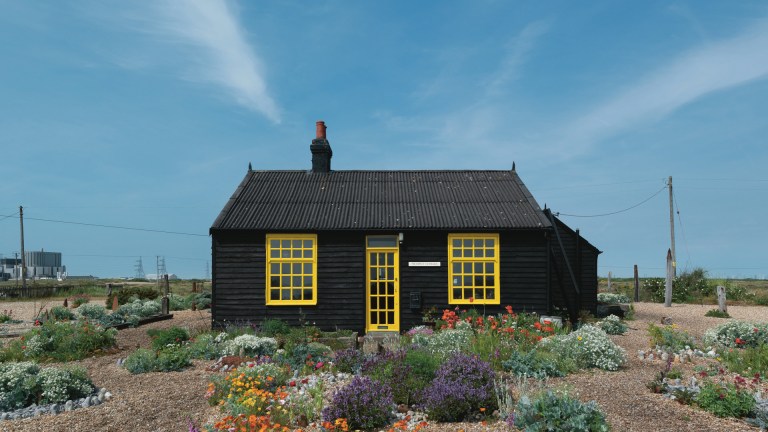In the spring of 1936, as he settled down to write The Road to Wigan Pier, essayist and polemicist George Orwell planted roses in the garden of his new home: a 16th-century cottage in the village of Wallington, Hertfordshire.
In the autumn of 2017, as she was recovering from illness, essayist and polemicist Rebecca Solnit visited that cottage and found the roses – a traditional symbol of evanescence – flowering almost 70 years after his death.
Those roses filled Solnit with a “joyous exultation”. They had been tended by Orwell’s hands; their scent had filled his nostrils. Still thriving, they formed “a sort of saeculum”, their paper-thin petals offering continuity and connection.
She was also struck by what the act of planting roses, plants which have no purpose but to please, said about a writer known for his “unyielding political vision”. It altered her perception of his character and his work. And so she settled down to write Orwell’s Roses.
This is, if you overthink it, a slightly odd premise. It relies on the reader sharing Solnit’s image of Orwell as dour and pragmatic and opposed to beauty for beauty’s sake. Yet, isn’t the point of Nineteen Eighty-Four that people need roses as well as bread? Isn’t that why Winston Smith places so much value in the coral paperweight?
If you let this slide, however, the book proves an entertaining ramble through the author’s life and Solnit’s consciousness. Along the way, she considers roses visually, genetically, metaphysically. She explores their many species and their place in art and literature.









